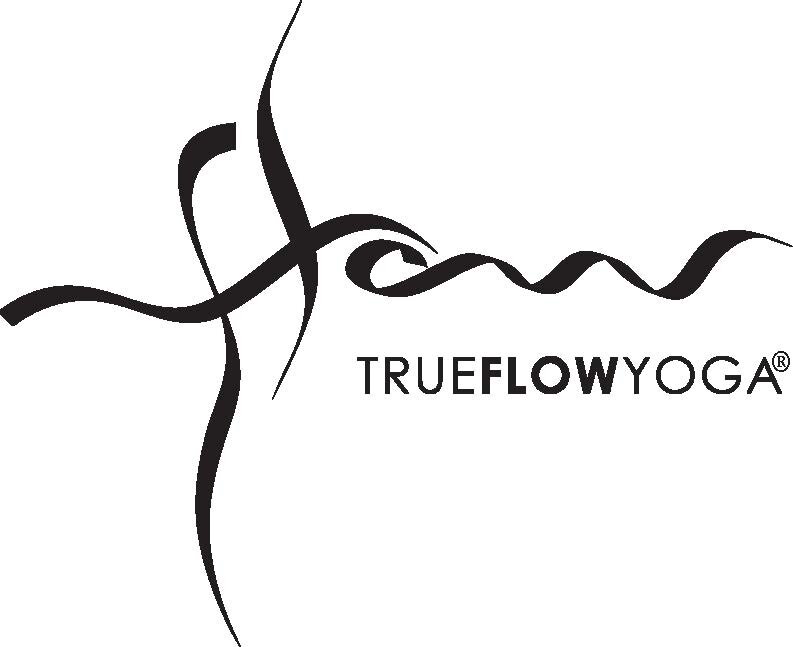Continuing in this series on the 8 limbs of yoga, we move on now to the second of the 5 yamas (ethical disciplines), which is satya, or truthfulness. (If you missed the previous posts in this series, scroll down to read about the 8 limbs of yoga, the 5 yamas, and ahimsa.)
Truthfulness for a yogi goes beyond simply refraining from lying. The deeper implication of satya is to live in accordance with your highest values and truth. In other words, you do what you say and you say what you do. As Gandhi beautifully put it, "Happiness is when what you think, what you say, and what you do are in harmony.”
When we feel the need to lie, it is helpful to determine the reason why. Dishonest speech usually stems from shame, fear, or self-doubt. For example, we might sometimes feel the need to lie or embellish the truth in order to fit in or feel accepted. If we feel the need to make ourselves appear richer, more successful, smarter, etc. than we are likely still living off a false set of beliefs based on self-doubt and fears of unworthiness. When we recognize this, there is an invitation to begin the powerful work of replacing our old mental story about ourselves with one of worthiness and self-love through meditation and mantra practice. After all, if we haven’t learned to love and accept ourselves, how can we expect others to love and accept us?
If we are lying because we feel ashamed of something that we did, it is probably an indication that we are not living in accordance with our own values. The impulse to lie then is also an opportunity to notice what it is in our lives that is out of balance. The dishonesty is really just a continuation of a previous negative behavior that now we feel the desire to cover up. The only way to reconcile this and move forward in a positive way is to address the root of the problem by enacting a lifestyle change that prevents that negative behavior from reoccurring.
In other instances, we might lie to avoid an uncomfortable situation. In these cases, it is useful to pause and reflect on what it is that you are so afraid of. What is really the worst thing that could happen? So often the fears that we have about how people will react to us if we are honest are completely made up in our own minds and not the reality of the situation at all. It is incredibly liberating to voice the truth in a kind and compassionate way and allow the people around us to respond without first over-analyzing how we assume they will react and changing our story to align with what is most easy or comfortable.
As we begin to live and speak our Truth, we step out of our conditioned fear-based ideas about ourselves and others, and we step into our own abundant power and beauty, recognizing that there truly is no need to hide who we are. We will feel better about who we are because we have shed away the behaviors that are not in alignment with our highest values, and the people around us will begin to accept us because we have accepted ourselves.
Yoga Sutras II.36 "When pure truth is developed, ones words manifest into reality."

